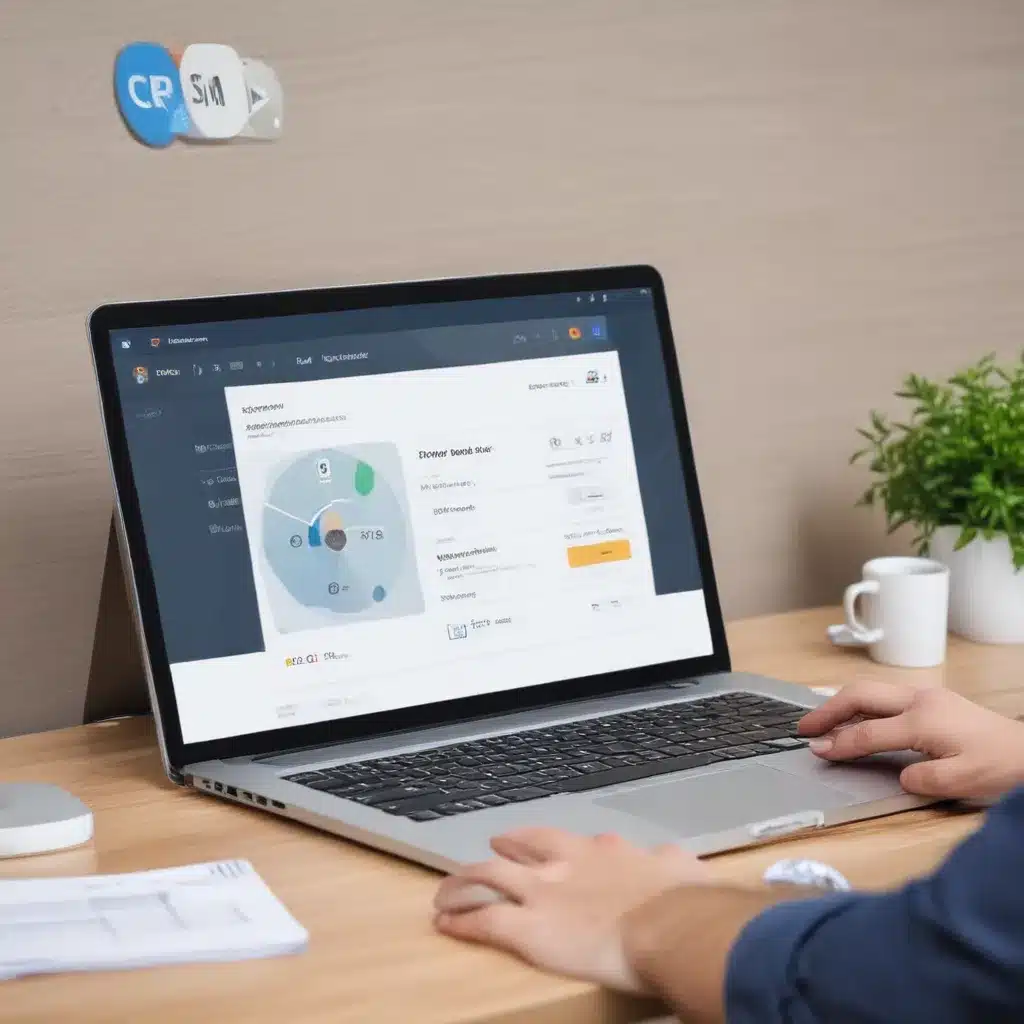
In the rapidly evolving digital world, where information and communication have become ubiquitous, the importance of accessibility cannot be overstated. As more and more organizations embrace the power of the internet and digital platforms to reach their audiences, the need to ensure inclusive access to digital content has become a pressing concern. At the forefront of this movement is the push for PDF document accessibility, a modern standard that is transforming the way organizations approach digital inclusivity.
Navigating the Accessibility Landscape
The digital landscape has become a complex tapestry, woven with a multitude of file formats, platforms, and regulatory requirements. Among the most prevalent and widely used document types is the Portable Document Format (PDF), which has become a staple in the digital ecosystem. However, the inherent accessibility challenges posed by PDFs have long been a source of frustration for individuals with disabilities, who often struggle to access the information contained within these documents.
Regulations mandating the accessibility of digital content, including PDFs, have been implemented in many regions, highlighting the critical nature of this issue. Organizations are now faced with the daunting task of ensuring that their vast repository of PDF documents is compliant with these standards, a challenge that has historically been time-consuming and resource-intensive.
Introducing CommonLook Clarity: Streamlining PDF Accessibility
Recognizing the need for a comprehensive solution to this problem, leading accessibility experts have developed CommonLook Clarity, a powerful suite of tools designed to revolutionize the way organizations approach PDF accessibility. This innovative platform offers a holistic approach to managing the accessibility of PDF documents, empowering businesses to stay ahead of regulatory requirements and ensure inclusive digital experiences.
Automated Scanning and Detailed Reporting
At the core of CommonLook Clarity is its automated scanning capabilities, which allow organizations to continuously monitor their digital platforms, including websites, intranets, and repositories, for PDF documents. This proactive approach ensures that newly created or updated PDFs are immediately flagged for accessibility compliance, preventing the addition of non-compliant content.
The platform’s detailed reporting features provide organizations with a clear and comprehensive overview of their PDF assets, including the current accessibility status of each document. These reports enable easy identification of non-compliant PDFs, allowing organizations to prioritize their remediation efforts effectively.
Data-Driven Prioritization and Resource Allocation
CommonLook Clarity goes beyond simply identifying accessibility issues; it also leverages data analytics to assist organizations in prioritizing their remediation efforts. By identifying the most frequently accessed inaccessible PDFs, the platform helps businesses focus their resources on the documents that have the greatest impact on their users.
Furthermore, the platform provides guidance on the specific resources required to remediate prioritized documents, ensuring that organizations can allocate their time and budget efficiently. This data-driven approach helps streamline the accessibility compliance process, making it more manageable and effective.
Embracing the Future of Digital Inclusivity
The push for PDF document accessibility is not just a compliance necessity; it is a reflection of a broader shift towards digital inclusivity and equitable access to information. In the modern digital landscape, where information is the lifeblood of organizations and individuals alike, ensuring that everyone, regardless of their abilities, can access and engage with digital content is paramount.
The World Health Organization estimates that over 1 billion people worldwide live with some form of disability, underscoring the importance of accessibility in the digital realm. By embracing platforms like CommonLook Clarity, organizations can demonstrate their commitment to inclusivity, positioning themselves as leaders in the digital accessibility movement.
Staying Ahead of the Curve
As the digital landscape continues to evolve, the need for proactive and comprehensive accessibility solutions will only grow more pressing. Organizations that prioritize PDF document accessibility, and leverage tools like CommonLook Clarity, will not only ensure compliance with regulations but also position themselves as forward-thinking, user-centric, and socially responsible entities.
The impact of digital platforms on the way we consume and interact with information has been profound, and the importance of accessibility has become increasingly apparent. By embracing the principles of digital inclusivity, organizations can demonstrate their commitment to creating a more inclusive and equitable digital landscape, where all individuals have the opportunity to access and engage with the information they need.
Conclusion: Shaping the Future of Digital Experiences
The push for PDF document accessibility is more than just a compliance requirement; it is a crucial step in the evolution of the digital world. By leveraging powerful tools like CommonLook Clarity, organizations can streamline their accessibility efforts, ensuring that their digital content is inclusive and accessible to all. This not only benefits individuals with disabilities but also strengthens the organization’s brand, reputation, and commitment to social responsibility.
As we navigate the ever-changing digital landscape, the importance of accessibility will only continue to grow. Organizations that embrace this standard and proactively address the accessibility of their PDF documents will not only stay ahead of the curve but also contribute to the creation of a more inclusive digital future. By working towards this shared goal, we can empower individuals, foster greater engagement, and build a more equitable digital world for all.




